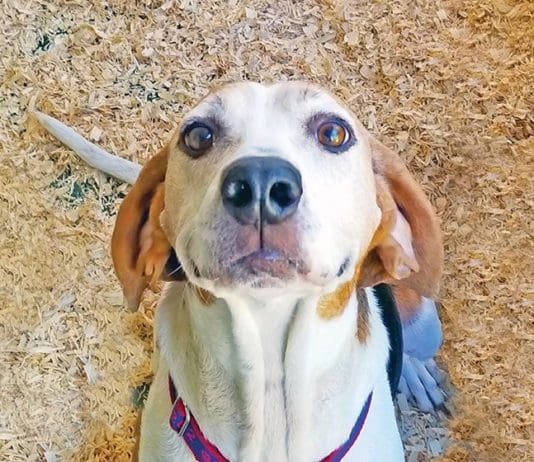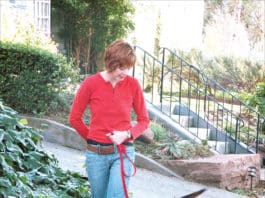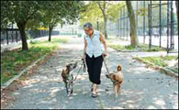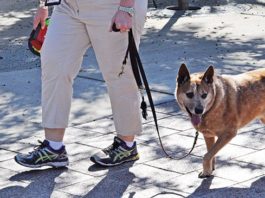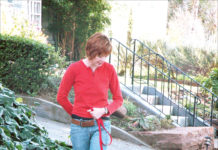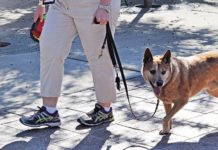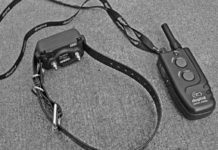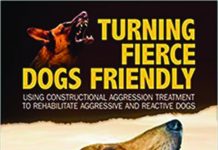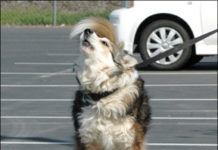9 Expert Tips for Walking Your Own Dogs
Use good equipment that is appropriate for your dog (for example, if not well trained, giant dogs probably need more than a flat collar and retractable leashes are not considered safe, ever). Inspect the fit and condition of all your equipment frequently. Ensure that your dog wears a tag with current information.
How to Help a Leash-Reactive Dog
Beyond the human hang-ups and logistical challenges associated with a dog who now displays reactive behavior in the presence of other dogs, we must consider the impact on the dog. Reactive outbursts are the product of distress, and distress is serious business. It takes a long time for the body to recover from the jolt of hormones that happens during a distressful event. This altered brain state can leave your dog susceptible to triggers he might not otherwise react to, which is why many dogs can seem edgy" for some time following a particularly stressful event."
The Canine Shock Collar Debate
The chasm between those who abhor the electronic/shock collars as an abusive dog training tool and those who support and promote it as an exceptionally effective and humane training tool is so huge it will probably never be bridged. In more moderate positions in the middle of that chasm are those who believe that the collar can be an effective training tool for very limited circumstances in the hands of skilled professionals, and those who prefer not to use them but feel compelled to educate clients who insist on using them on how to use them properly.
Pros and Cons of Electric Underground Fences
Electronic fences and their partners collars that deliver an aversive agent have been around for more than 20 years. They seem like the perfect canine confinement alternative to a solid physical fence. They are often marketed as the ideal fencing solution to homeowner association fence prohibitions and for problematic, difficult-to-fence, steep, rocky and rugged living spaces. But while occurrences of a collar shorting out and administering repeated shocks to a hapless, helpless dog are relatively rare, there are other drawbacks to using electronic fencing systems. A conscientious owner will weigh all the pros and cons before deciding whether or not to invest in this sort of fencing" system. "
Electric Dog Fences: Are They Safe?
One rainy day afternoon that week, upon arriving home, Darren Ashby, an electronic engineer, sent his oldest son out to the pen to take Rufus for a walk. The boy came back in and said Rufus wouldn't let the boy get near him. Dad went out to help, and was horrified by what he found. What I saw made me sick
Fighting Through The Fence
Fence aggression barking, lunging, and fence-fighting is an all-too-common canine behavior. It can also be a very difficult behavior to live with. A dog who is left for long periods of time (especially) in an enclosed yard can easily become frustrated and aroused by dogs being walked past her space and her inability to interact with those dogs. That frustration often turns into aggression, and the aggression can become very serious. Dogs can even be grieviously injured or even killed if they are able to grab another dog (or part of a dog) through a fence.
Unwanted Dog-Reactive Behaviors
Dog-reactive behavior can be alarming and frustrating for a dog owner, as well as damaging to the canine-human relationship. Most of us adopt our dogs with the hope of sharing them with the rest of the world – on walks, at family picnics, at events around town, and sometimes at canine competitions. It’s not quite as much fun when you have to leave your canine family member at home because he barks, leaps around, lunges at, maybe even tries to bite other dogs.
Do Electric Shock Collars Harm Dogs?
Do you use an underground electric shock fence to contain your dog? Are you considering having one installed? I hope reading this will change your mind. More and more neighborhoods prohibit or limit the useof fencing, and as this occurs, the use of these non-visible electric shock perimeters has drastically increased. Manufacturers and retailers claim that these products are humane, effective means by which to safely confine dogs without disrupting the aesthetics of neighborhoods.
Solving the Barking Problem in Your Home
Dogs bark to communicate. If we start with that simple understanding, the idea of dealing with a “problem barker” becomes a whole lot easier. It changes our focus from doing anything we can to make the dog “shut up,” to figuring out what the dog is trying to say – so we can address his concerns, and finding more constructive and quieter ways for communication to occur. We’ve asked two canine behavior experts to step in and help us solve the barking problem.


